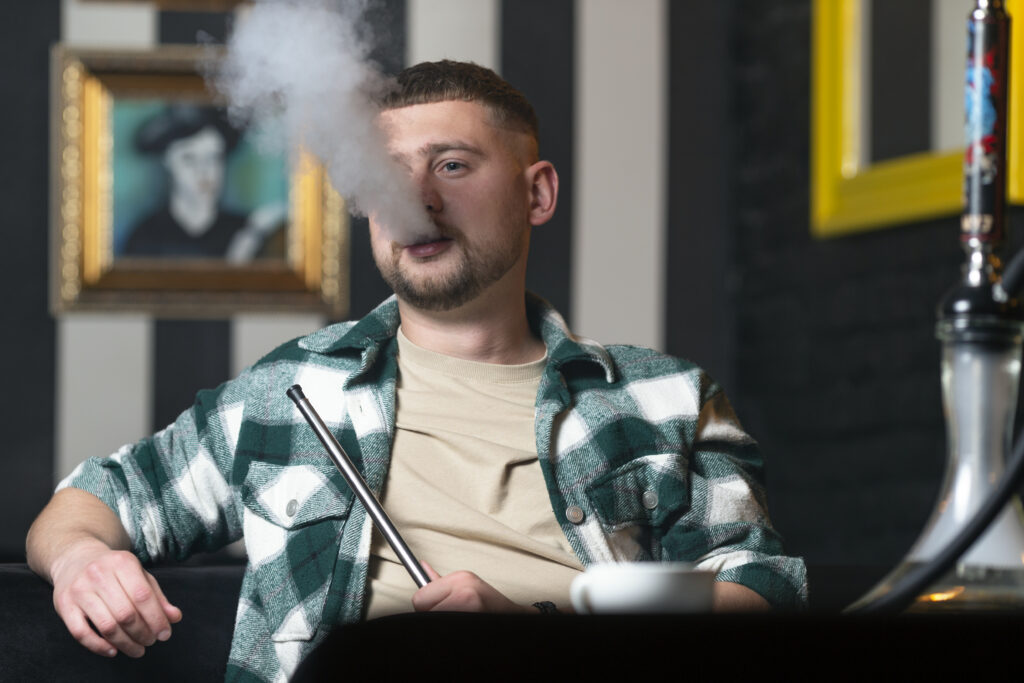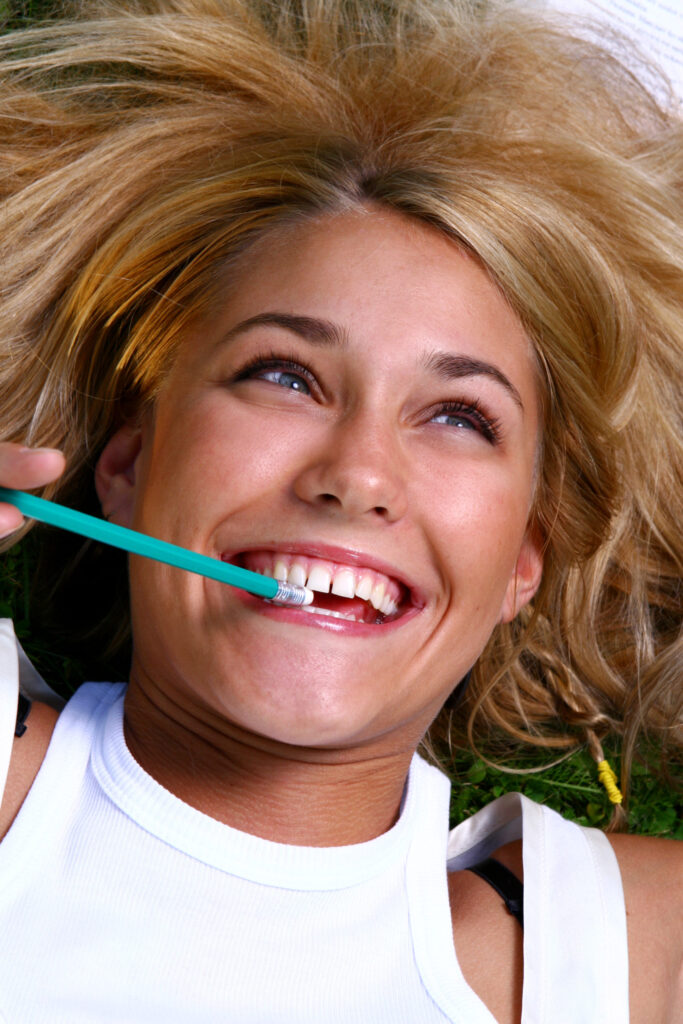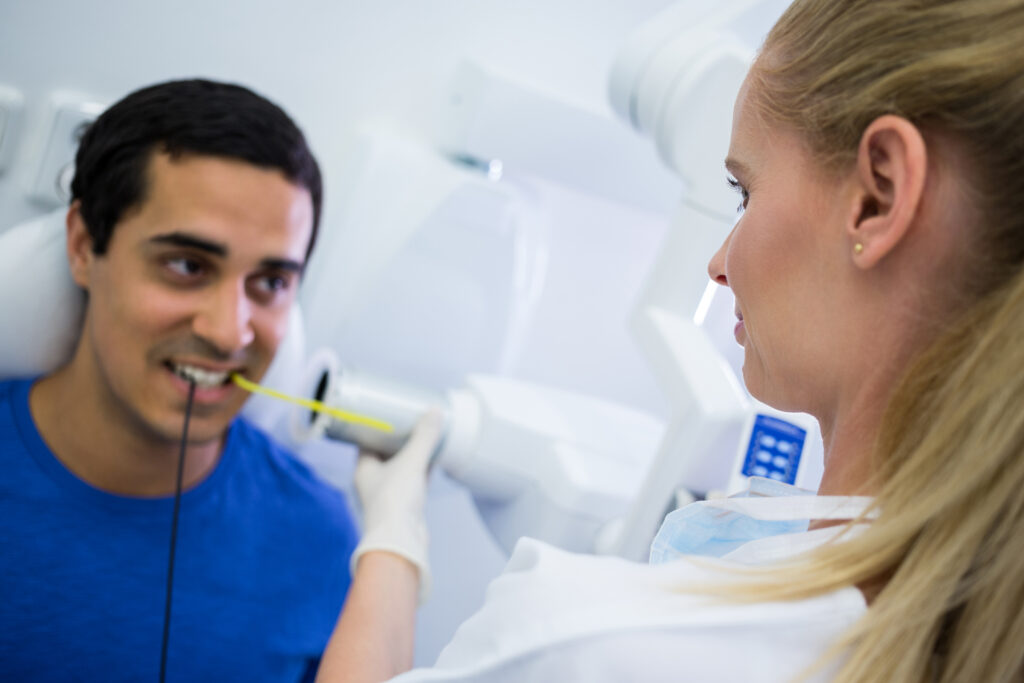Hygiene and Air Polishing
Regular dental cleaning removes plaque, tartar, and debris using tools like scalers and ultrasonic devices. It is essential for maintaining oral health and preventing gum disease. On the other hand, air polishing uses a fine stream of air, water, and specialized powder to clean and polish the teeth. It is particularly effective for removing surface stains, plaque, and biofilm from hard-to-reach areas, offering a more thorough and gentle cleaning compared to traditional polishing methods.
How does air polishing work, and Is it safe for teeth and gums?
Air polishing works by spraying a high-pressure mixture of air, water, and polishing powder onto the tooth surfaces. The powder, often made of bicarbonate or glycine, effectively cleans teeth without damaging enamel or gums. Yes, it is safe for most people when performed by a trained dental professional. The technique is gentle on the enamel and suitable for sensitive teeth, making it an excellent alternative to traditional polishing methods.
Is air polishing effective in removing stains from coffee, tea, or smoking?
Yes, Air Polishing is highly effective in removing surface stains caused by coffee, tea, red wine, and smoking. The fine powder particles gently break down stains without abrasive scrubbing, restoring the natural brightness of your teeth. However, deeper intrinsic stains may not be removed completely and might need whitening treatments.

How frequently should I make a hygiene and air polishing appointment?
For most of our patients, a six-month interval for hygiene and air polishing is adequate. However, in cases where you tend to have heavy staining, visible plaque buildup, and even gum diseases, your dentist might want you in the office on a closer timeline of every 3–4 months.
Can air polishing help prevent dental issues or gum diseases?
Yes, air polishing is helpful in the prevention of not only gum diseases but also other dental diseases by:
Removing plaque and biofilm, are major contributor to gum diseases. Reached subgingivally to clean around the gumline. Keeping the oral environment much healthier by reducing bacteria build up. It is mostly indicated for patients with any periodontal concern, or those wearing braces and implants.

Air polishing for dental implants, crowns, or braces
Yes, Air polishing is also a safe and efficient treatment for patients with dental implants, crowns, and braces. The specially formulated powders, like glycine, are very gentle and non-abrasive, hence suitable for the cleaning of tender surfaces and areas hard to reach around orthodontic brackets or implants.

How long does a hygiene and air polishing session at the dentist take?
A typical hygiene and air polishing session takes anywhere from 30 minutes to 1 hour, depending on the level of cleaning needed and the status of your oral health. Your dentist or hygienist will be able to estimate this time based on your particular
needs.
Are there any side effects or discomfort from air polishing?
Air polishing is usually painless and well-tolerated. Some patients may experience: Mild sensitivity during the treatment, mainly if they have exposed dentin or gum recession A slightly salty or gritty taste from the powder, which is harmless These are usually temporary and minimal in comparison with traditional methods, so Most people find it quite comfortable.
How often will I need to repeat the treatment to maintain results?
To maintain anti-wrinkle treatment results, you typically need to repeat the procedure every 3 to 4 months. Over time, the effects may last longer as the muscles become accustomed to being relaxed, but regular touch-ups are necessary to keep your youthful appearance.
